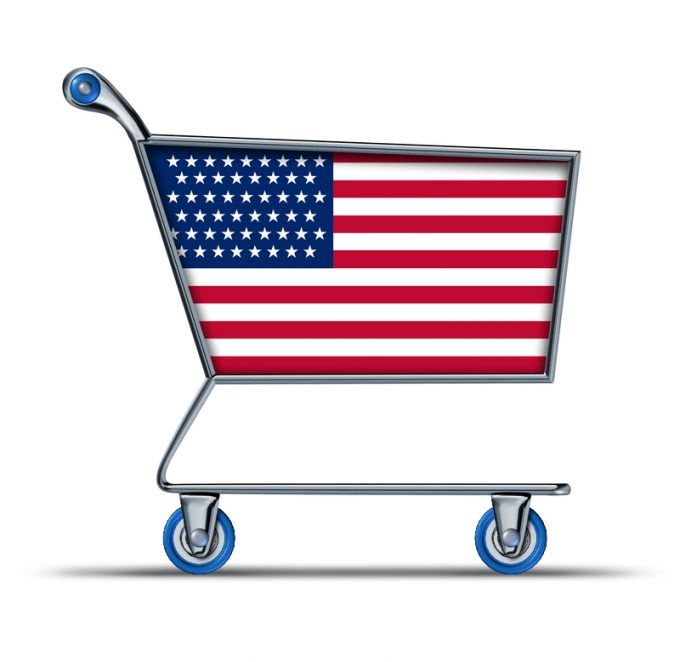Cooling demand increases warehousing vacancies, with rents inching down
Cooling demand has ended the long run of increasing warehousing costs and nudged the average ...

Stronger than anticipated holiday sales have boosted North American imports, but for the surface transport sector, this windfall has only been moderate – partly thanks to overcapacity on the roads.
US retailers experienced an unexpected boost as consumers dug deeper into their wallets, delivering a 4.1% year-on-year rise in November sales.
For the September-November period the National Retail Federation (NRF) calculated an increase of 3.4% over last year, and estimates the tally for the holiday season (1 November-31 December) should be 3-4% higher than a year ago.
Earlier projections had been more conservative, reflecting pessimism about consumer spending and the fewer imports in the summer, but traffic subsequently climbed.
“We originally thought peak season would come in August, but imports kept growing in September, and again in October,” commented NRF VP for supply chain and customs policy Jonathan Gold.
The momentum continued to build into November, as seen at US container gateways. Box imports rose for a third straight month in November after 13 months of year-on-year decline. Following a 5% increase in October, they accelerated to a 9% gain in November
The port complex of Los Angeles and Long Beach recorded double-digit growth last month. In part, this reflects the return of flows diverted from the west coast, as shippers worried about potential disruption from labour negotiations at the terminals, but it was also driven by more imports from Asia.
The port of Los Angeles recorded 19% growth in box volumes in November, following a 7% boost the month before. Growth in imports rose from 14% in September and 11% in October to 25% in November.
At Long Beach, the November teu count was up 24.2% on a year ago, driven by imports surging 37%.
The NRF’s retail statistics do not include car sales, which have enjoyed solid demand this year, according to TD Bank. In November unadjusted sales numbers were up 7.8% from a year ago. TD’s analysts noted that sales might have been higher, but the typical post-Thanksgiving bump was affected by the previous UAW strike at the big three US carmakers, which impacted deliveries.
Car and auto parts traffic has been a major growth engine for North American rail carriers. In the week ended 9 December, they were up 13% year on year, and up 12.4% for the 49 weeks of the year to date, according to the Association of American Railroads (AAR).
Intermodal traffic improved, but at a less formidable clip. It was up 3.8% in the week ended 9 December, but down 6.6% over the first 49 weeks of 2023, AAR numbers show.
Whereas US rail carriers saw a 5.5% rise in intermodal business for the week, their Canadian counterparts registered a 1.3% decline. Both groups of railways are below their overall freight tallies for the year up to 9 December – down 3% for US carriers and 3.1% for Canadians. Only the Mexican railways recorded a gain over last year, with volumes up 2.6%
The 3PL Market Report, Third Quarter 2023, issued by the Transportation Intermediaries Association, shows gains in shipments in the ‘GDP goods transport sector’ over the second quarter for the intermodal and less-than-truckload sectors, while the number of shipments in the truckload segment shrank 2.2%. All three sectors suffered mid-single-digit to double-digit percentage declines year over year in total shipment numbers.
The report’s authors noted that overcapacity in the truckload arena had diminished, but not to the point where it no longer acted as a drag on the market. They warned that sluggish demand and overcapacity would likely dampen results until at least the second half of 2024.
It remains to be seen how strong consumer demand will be by then.
Comment on this article